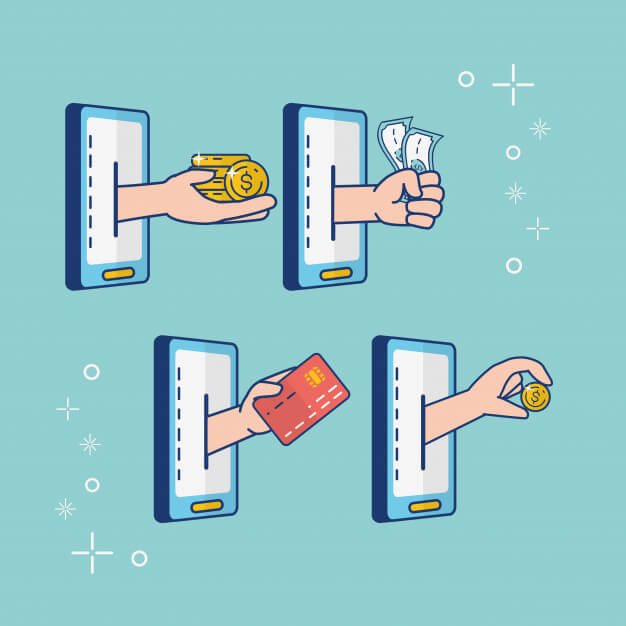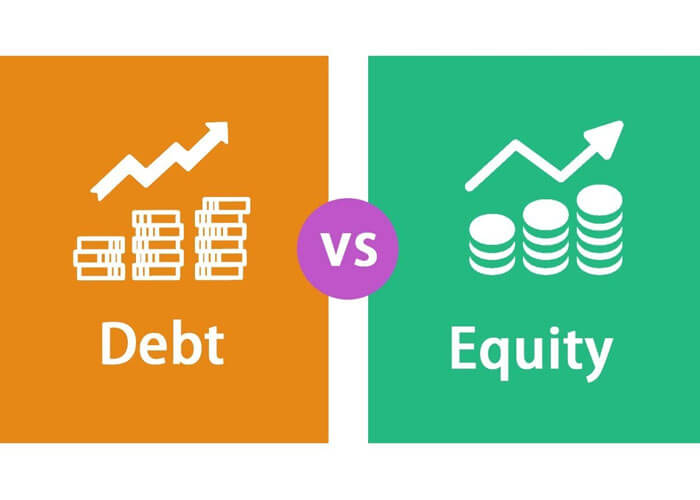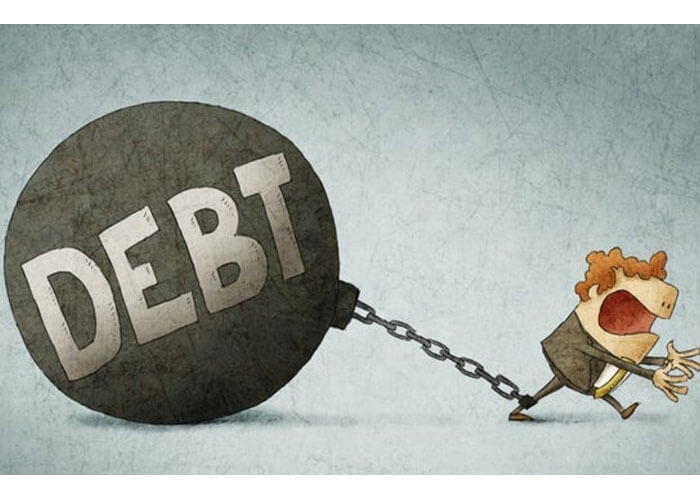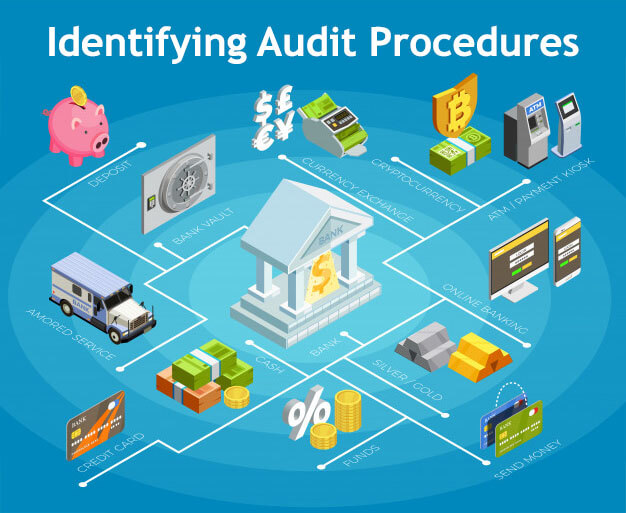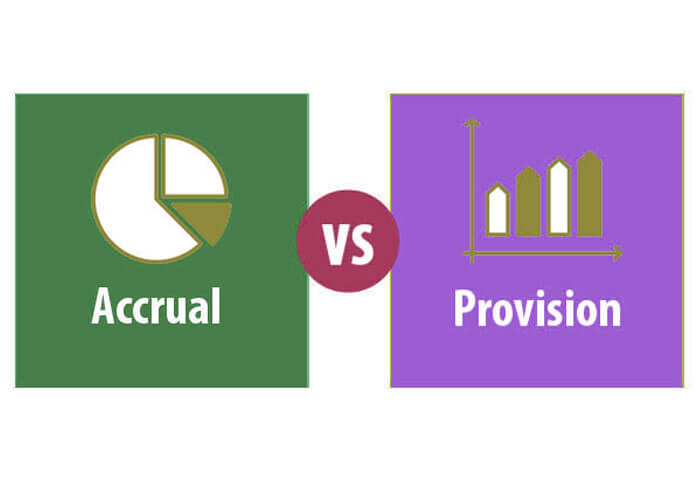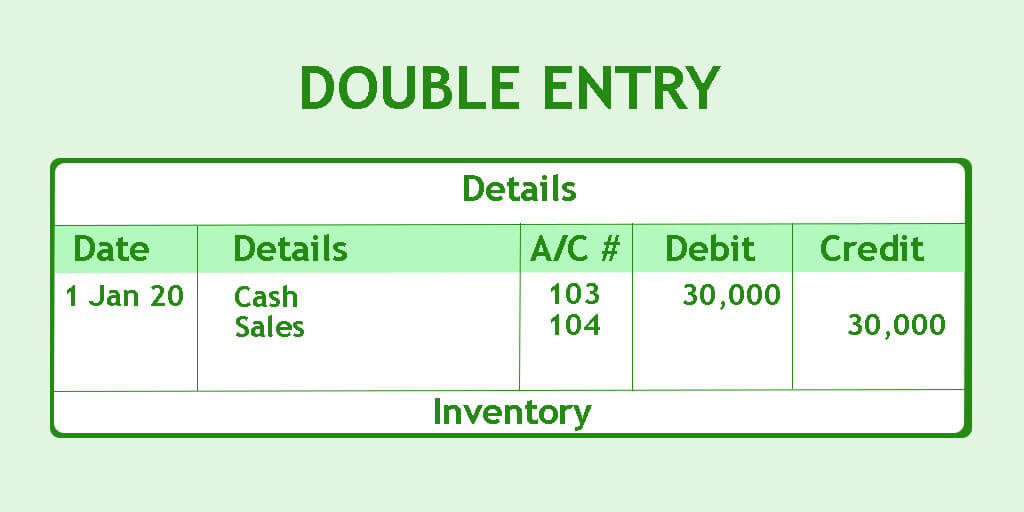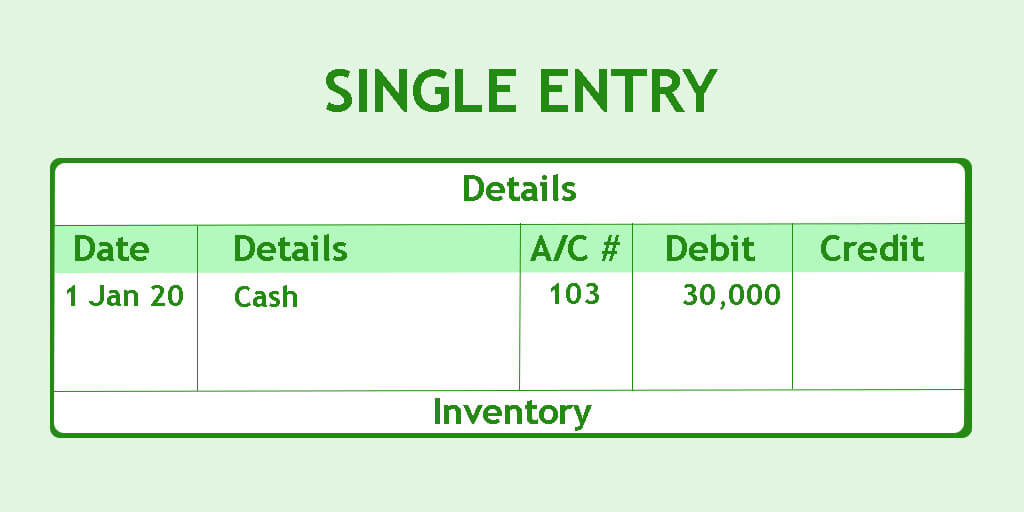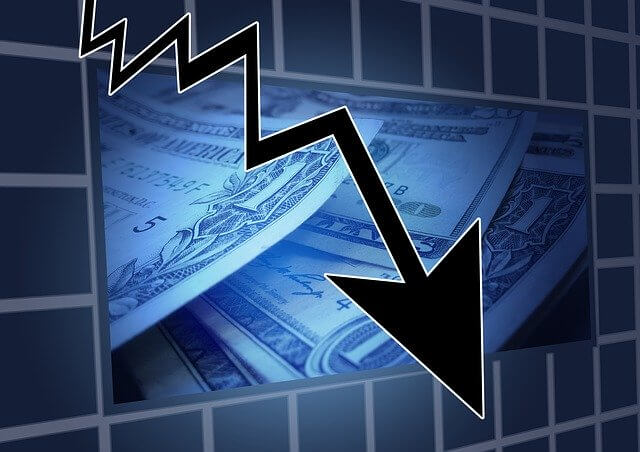[vc_row][vc_column][vc_column_text]In this article, we’ll be discussing different routes of value creation for a retail business.
Every organization aims to create value for its owners and customers. Most of the retail businesses are set up to generate profits for their shareholders. So, we’ll be discussing mainly the ways of enhancing profitability for the shareholders. Other than that we’ll also discuss value creation for the customers. The value for the customers is something which makes their experience friendlier, convenient and cost-saving.
Now, there is a conflict of interest when it comes to value creation for customers and value creation for shareholders. For example, if we put a 50% off on everything, then it will be significant value creation for the customers. However, owners might be at a loss as it would likely result in substantial losses. Therefore, we need to establish the best trade-off where value is created for both shareholders and customers.
Below are some of the basic as well as advanced ways for the creation of value in a retail business:
1. Wise Usage of Floor area
Floor area is an expensive resource for a retail store; we have to utilize the space wisely. The better we can use floor area, the more revenue can be generated. So, what is the meaning of better usage of the floor area? This means that we need to arrange and place the items in such a way that we can display a maximum amount of items in a presentable format. In the modern world, we have racks which contain multiple shelves, and thus, in one particular area, we can display various items in the stands. Further, goods are classified in horizontal lines so that customers can view the items in a specific row.
2. Accessibility to the items
The items should be easily reachable for the customer. The articles should not be placed so high that the customer is unable to access them. Further, the items should not be so deep in the cabin that his/her hand is not easily reachable. Accessibility to the goods should be open; in some retail shops, they keep items locked. This inaccessibility creates frustration for the customer and results in loss of a potential sale.
3. Easiness in finding required items
The structure of the store should be designed in such a way that it should be convenient for the visitor to find what he/she needs. There should be guidelines for the customers for them to see the relevant section. All rows should be given a heading/title at the top of the frames. So that customer understands what items to expect in that row before entering it. Goods which are used more frequently should be kept at the beginning, and the things which are relatively less required or not part of the everyday routine can be kept at back racks.
4. Price reader machine
A price reader machine should be installed at different locations in the retail store. Many times a customer would not be sure about the price of the item and may cancel the plan to purchase it because of not being sure about the price. A price reader confirms the cost and thus results in enhanced sales. Enhanced sales would be result in increased value for the business as well as improved confidence for the customer.
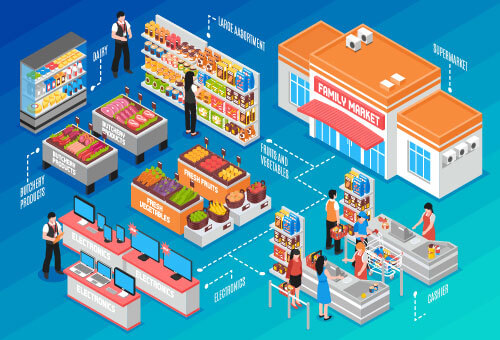
5. Helping staff for the guidance
Many times we need to ask a question in the supermarket, but there is no one around who can help. We only see other customers who also need help. This creates confusion and reluctance, and thus customers quit without making the purchase (or leaving out those items about which they need help). Placing suitable helpful staff might result in enhancing customer’s confidence and would add value in terms of increased sales.
6. Training of the store helpers
I have been to such stores where there are many helpers available in the store. But they are not focusing on helping customers. Instead, they are busy chatting among themselves or busy on their mobiles. They are even trying to escape customers who ask questions. These helpers also try to pass on queries to other helpers. A proper training program for the store helpers can increase their motivation to help customers. The passion of sales staff to guide customer enhances customer satisfaction and thus creates significant value for the customer as well as for the company.
7. Physical safety at the store
A retail store should be a safe place for customers. However, there have been accidents in stores which caused physical harm to the customers. These include falling due to a slippery floor, getting knocked with some hooks or bars, being stuck in a narrow space and getting a head injury due to dropping items. Any physical injury at a store may bring many adverse consequences for the business. These include legal claims for damages, erasure of brand reputation and damage to retail stock.
8. Internal controls to avoid misappropriation of assets
A retail store is a high-risk business when it comes to the risk of misappropriation of assets. There are many inherent risks of fraud, stealing and theft in a retail store. Customers might hide items and pass through gates without paying for these goods. All the value created by the business through other hard work may drain out if proper controls are not kept to safeguard assets of the company. Management should devise a comprehensive system of internal controls and ensure that it is correctly and accurately implemented.
9. Cash control
A retail business involves a lot of movement of cash. Cash handling is inherently a risk area. Risk of fraud and errors would increase with the increased involvement of money. Therefore, it is pragmatic to ensure that there are sufficient controls built in to ensure safe custody of cash. All the cash transactions should be promptly recorded, and receipt should be provided to the customers. The cash register should be maintained, and cashier should be held accountable for any shortage of the cash. The value created by operating a successful business shall only benefit to the owners of the company if there are proper cash controls in place.
10. Offering options to the customers
Everyone likes to have options, so does the customer. The more options you provide to them, the higher will they value you. Now when it comes to offering options to the customers at the time of payment, you can provide an option to pay by cash or by credit card or by loyalty points or even by cheque (for corporate customers).
11. Lower interest rates to credit card companies
A significant number of customers in the retail business are preferring to pay by credit card. Customers enjoy reward points from credit card companies for using the card. However, this results in a financial loss to the retail business. CC companies would charge a percentage of sales amount as interest for each sale; this interest rate is typically around 2%. A retail store should negotiate with banks and obtain the lowest possible interest rates for credit card transactions. This would ensure that the financing cost for the company is kept more economical, and the maximum value is created for the shareholders.
12. Encouraging their own card or cash transactions
Another way to curtail on bank charges is to discourage credit card transactions. Either offering discount on cash transactions can do this or issuing retail company’s credit card. Although running a financing solution business (like a credit card provider) is a separate business altogether and poses its own risks, still it might be a good idea to synergize both activities and yield maximum value for the customers as well as for the retail business.

13. CCTV monitoring and security
It is true that CCTV cameras are expensive, but not deploying a vigilant monitoring system may prove even more costly. We have covered this point above as well that retail business is inherently risky when it comes to misappropriation of assets and cash. However, a particular consideration in deploying CCTVs is that these cameras should be covering each view of the shop space. If CCTV does not cover a specific area or corner, there is a high risk that that area might be used for misappropriation of inventory. Many employees and regular customers can find out such a gap in security and may try to take advantage of that.
14. Availability of maximum items
No one likes to visit multiple stores for purchasing a few items. Nowadays, customers are lazier and want to have it all under one roof. This is especially true when husbands are sent for grocery. They would not bother to scan three shops to find the best in quality. Therefore, as a customer-friendly retail store, we need to ensure that we provide maximum range of products in our stores. The higher the product range of a store is, the increased will be the number of visitors in the shop.
15. Wise spending on working capital
An investment in the working capital is one of the significant investments for a retail business. The higher is the amount of inventory in the store; the increased will be the cost of working capital. It would be a nightmare for the store manager to buy the items which are not being sold or whose moving pace is slower than a snail’s pace. All inventory of a retail business would not have the same inventory turnover ratio. However, the investment in the working capital should be justified with higher margins.
16. Analysis of maintaining appropriate inventory items
It requires extreme skill to decide which goods or products should be available in a large retail store. There might be millions of products out there with the suppliers, but we have limited space. We need to ensure that we are maintaining a reasonable level of inventory mix. A retail store would contain sports goods, but it would not provide as much variety as a sports retail should. Similarly, a retail store might have electronics items, but not as much of specialization as an electronics store will have. Therefore, it is crucial to maintain the right mix of different kinds of inventory items so that the basics of all fields are covered.
17. Loyalty points
In today’s era of inflation, everyone is interested in fetching the maximum value from their buying power. Introduction of loyal points for return customers can create good value for the customers. These value points, once accumulated to a certain level, should be convertible into cash or credit against purchases. Customers would prefer to look for the same store if these points reward them. This is good value creation for the customers as well as for the retail business.
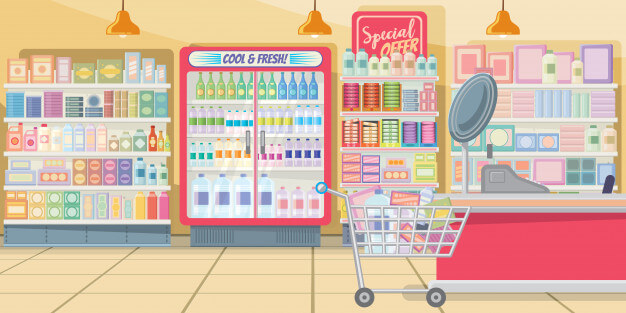
18. The freshness of the food and perishable items
Introduction of loyal points doesn’t mean that customers would be willing to buy rotten eggs and spoiled milk. We still need to provide fresh items when it comes to daily consumable like fruits, vegetables, milk and yoghurt. A customer will get a fantastic feeling as they find fresh produce in the shop. This sensation is of significant value for which customers will be willing to pay a premium. A strict quality control check on the validity of the products will ensure the customer’s happiness.
19. Ensuring child safety
We have discussed the point of customer safety above, but child safety requires additional measures. Young kids are more exposed to physical injuries as they run fast, are careless and are not aware of potential risks. They may also be fascinated by electrical wires and want to insert hands or small items in plugs. Children are also more likely to damage the goods in the store. Some kids like to throw things out of shelves and during this process they may get physical injuries.
20. Defined Sections for related items
Can we randomly put the inventory in the stock at different places? For example, keep the chocolates and insect killers together? Of course, not. We cannot also keep socks along with rice. We need to define sections as per the nature of the products and then keep related items together. For example, we should place rice and flour in the same row. We can keep washing powders, and cloth softeners close by. All the sections should be divided into categories and adequately labelled.
21. Wheelchairs or movable cars inside the stores
Today’s supermarkets are expanded to vast areas. A person may have to spend several hours and walk several kilometers inside the store to complete purchasing. An average person would become exhausted in this exercise and would want to seek assistance. If we provide wheelchairs inside the store which can be used by anyone to roam around, it would add significant value. Further, there might be small capacity cars which have a defined route inside the supermarket. Customers can hop on and hop off at any place. This would add significant value to the customers in a retail shop.
22. Offer Best prices
For many customers, the product’s price is the deal-breaker. Customers prefer to purchase from a retail brand which offers the right quality products at economical rates. Product profitability margins are tight in retail sectors, and a slight variation in the pricing can create significant impact. Best pricing can be achieved by controlling costs, negotiation better rates with suppliers and correct mechanism of product pricing.
23. Best price guarantees
Some retail business uses best price guarantees as a marketing tool. The idea behind this concept is that you need to provide an assurance to the customer that they are not being looted. Instead, the price being offered by our brand is the best price for the given level of product quality and service. These marketing tactics play a pivotal role in assuring clients. Thus, they will not keep looking around for better rates.
24. Cleanliness and Hygiene
There are many brands which are famous for the environment and cleanliness they offer. You feel a difference in the air. The level of freshness, shine, sanitation and hygiene exerts a significant impact on the customers and their buying patterns. If the place is messy, untidy and dusty, then people would not want to stay there for the long. The critical success factor for a retail business is the time which spends visitors in the store. The more time they spend in the store, the more shopping they’ll be doing. The place should be so well organized that they don’t feel like going away from it. A neat place is a significant value addition for the customers as well as the organization.
25. Product profitability analysis
A retail business can fetch maximum value by analyzing the profitability of its products. The more profitable products should be placed closer to the entrance of the store. The products with less margin may be kept at a distance which requires more walking. When performing a product profitability analysis, we need to consider both the product’s margins and the units sold. Some products may be less profitable by a margin, but they are the fast-moving and total number of units sold may be significantly higher. We need to consider both factors.
26. Rates negotiation with suppliers
Rates should be negotiated with suppliers availing the maximum benefit of the purchasing power of the supermarket. As per Porter’s model of competitive forces, bargaining power of suppliers is also a type of competition in the business. Therefore, we need to ensure that we agree on the best rates and terms with our suppliers. Many suppliers would agree to a sale on credit and extended credit terms with a supermarket. Supermarkets need to maintain good relations with the suppliers to ensure that
27. Renting of shelf spaces
Additional revenue can be generating by renting premium shelf spaces. The suppliers who want their items to be placed at prime locations in the store need to pay extra for that. This premium shelf space is usually at the beginning of the store where a customer would have their glaze at the time of entrance or the beginning. This renting of space creates significant value for the suppliers as they get the opportunity to promote their products to a broader audience. This additional revenue is an opportunity for value creation for the business.
28. Advertisements inside the stores
Certain areas in the store can be used as a to let space for placing advertisements. Different companies would be interested in displaying their ads to this segment of the audience which visits supermarkets for purchasing grocery, electronics and fashion products. The areas suitable for generating advertising revenue may include sides of racks, trolleys and walls of the supermarket. It will create additional synergy if the items advertised are available in the supermarket for purchasing for the customers.
29. Customized services solutions
Often customers need a customized product or a customized service. But there are standard items in the store. The customer would not find what they want and will leave the store empty-handed. A loss of value for the customer and the business. If there can be customization available for the customers in different products and services, it would add significant value for everyone. For example, if there is a dress but the customer wants alteration to be done on it. Another example would be the same product in a different colour. If specialized staff is available to help the customer there and then or at a later date, it will be a win-win.
30. Pre-ordering facility
Many people know what they have to purchase at the grocery, but still, they need to spend significant precious time at the store. If a facility to place an order online is available, and those items are ready for the pick-up of the customer, it would save precious time for the customer. This will be an excellent value service for the customer. Additionally, the time which is saved by the customer might be spent by exploring additional items and products and may lead to an increase in sales for the business. This facility is a significant value creator both for the retail industry as well as the customer.
31. Cash depositing and working capital management
Cash collected during the sales should be promptly deposited in the bank account to utilize this cash in the business. There might be multiple intervals in a 24 hours’ time slot to ensure prompt depositing of money in the bank statements. For example, cash of the overnight sales should be deposited early morning at 8 A.M. Similarly, another slot of cash deposit should be performed at 1 P.M. and the next deposit should happen before bank closure i.e., 4:30 P.M. This would ensure that maximum cash is added to the company’s account balance on the same day. Similarly, the cash of the evening sale can be deposited through cash deposit machine at 11 P.M. The cash collected from the daily sales, if deposited on a timely basis as mentioned above, would generate opportunities for interest income and will help in managing working capital.
32. Corporate customers accounts
Although a significant portion of the customers is the retail side, but a retail store might have corporate customers as well. The needs and requirements of these customers would be different from the retail customers and therefore, should be tackled accordingly. The value creation for these customers can happen by providing them with corporate services. These services include corporate credit account, bulk-purchasing discounts, delivery at different locations and option for ordering online by various staff for their respective office locations.
33. Customer recognition
If the sales staff and cashiers can recognize customers through loyalty cards, it would be an excellent opportunity to provide personalized interaction with the customers. If the cashier and sales staff greets the customers with their name, the customer would feel flying in the sky. The self-esteem need will be fulfilled for the customer, and this would be a significant value creation for the customer. The customer would become a loyal customer forever, and this would be the ultimate value creation for the retail operator.
34. Applying Artificial Intelligence on buying behavior
Artificial intelligence (AI) can be applied to analyze customers buying patterns and behaviors. These analytics can help boost sales and identify customers’ demands. If we use on an overall basis, it will provide useful insight on the preference of the customers. Helpful information can be extracted on what is customers’ choice, what factors influence buying decisions, and which marketing campaigns are generating returns. AI can also be applied on an individual level for each customer. At the checkout counter, AI can make a quick comparison of what customer purchased this time and what was purchased last time, it can suggest the items which customer forgot to buy or which can be a useful combination with the existing purchases. This would not only be a significant value creation for the customer, but it will also result in increased value creation for the business as it would drive an increase in sales.

35. Home delivery after purchase
Every visitor to the supermarket does not own a car. Some shoppers have to wait for the buses and metro to take things back home. The increased size of their shopping bags is a matter of concern for them, and they would prefer to buy less just because they don’t want to take the burden to carry these items through public transport. If a service is provided to the customers for free home delivery of the items purchased by them, it may increase the revenue. Even some customers who have a may not have sufficient space in the car or may not want to walk a lot in the mall along with big shopping bags. Therefore, this service of home delivery of purchased items would add a load of value for the customer as well as for the shareholders of the company in terms of increased sales.
36. Online purchasing
More and more people are finding it difficult to leave their couch and bother to walk hundreds of meters in a retail shop, all thanks to today’s sedentary lifestyle choices. But as a business point of view, the value can be created for these customers by offering them the facility to purchase the same items from the home of their homes. These customers may even be offered a discount as these products would not be necessarily coming from the expensive rented shops. These items can be directly shipped from the warehouse of the company. Online shopping is fun, easy, fast and secure.
37. Direct top-up without customer ordering
Let’s go one step further from online shopping. This is the level of the service, which might surprise customers. Based on the customers buying pattern and the purchasing behavior, the system will assess the need for daily use items for the customer. Even if a customer forgot to place an order, an order should be automatically placed to top-up necessary things like milk, yogurt, grocery etc. The customer will receive the notification for the direct top-up of grocery items, giving them the option to cancel it if required. If no response is received, the order shall be completed. This service would be surely loved by the customers and will lead to increased value for the retail business.
38. Ensuring a smooth supply chain
Supply chain function of a retail business is of utmost significance in the success of a retail business. Ensuring a smooth supply of thousands of products requires out of this world skills. The supply chain has to ensure that products are available in the store on a steady basis; there should not be any shortage of any products. Similarly, there should not be any excess of any items as well. Smooth supply chain requires a right balance between these two.
39. Finding new products
Man’s desires will never come to an end (the same is true for a woman). Every person wants to have new and modern products and services. Same is true for the customers of a retail store. Customers are looking for products which are unique, trendy and were not seen before. Therefore, the supply chain department of the retail business should always be on a lookout for new products and services. The more competitive, advanced and trendy products you can stuff your store with, the increased will be the value of your business for the customer. The increased will be value for the shareholders, ultimately.
40. Multiple branches
A successful retail business operates well when there are multiple stores of the same brand. Investing resources to form a chain of stores would increase brand reputation for a retail company. While opening new branches, there are various factors which needs to be considered including location, customer preferences, competition in the area and availability of the stocks. It is essential to provide a similar level of service quality at all outlets. This will give value to the customers as a customer would know that he/she can expect the same level of products and prices from any outlet of this retail organization.

41. Brand Value and recognition
Brand management is a subject in itself, and there are many books written on it. A retail store should create a brand, protect it, develop it and make it recognized. The higher the value of a brand of a retail company, the higher will be the sales growth for that company. The company’s brand and slogan should be eye-catching, easy to remember and protected by copyrights. A retail organization need to continuously invest in its brand reputation to ensure that maximum value is generated for the business.
42. A similar level of service at all outlets
Branding is valued because of the consistency of the products and services. You can buy a Coke and would get the same taste no matter from which retail shop you purchased it, throughout the country. Similarly, a sandwich of Burger King would be the same in taste regardless of the branch from which it is purchased. Likewise, a retail chain needs to ensure that it’s services and products are consistent across all its outlets. The structure of the product’s alignment and display should be consistent. For example, if fish is available near the vegetables in one store, this practice should be the same across all stores.
43. Differentiation focus
A retail store may not offer a differentiation focus, generally. But this is a type of business strategy which may be pursued by a retail business to provide value to its customers. The objective of differentiation focus is to offer high-quality service at a premium price. The number of customers might be less, but the margins will be high. This can be applied in a retail store by offering a personalized assistant to accompany throughout the shopping experience. The guide shall not only handle the items purchased but will provide useful information about product features and will make a comparison to help make wise shopping decisions.
44. Cost focus
A cost focus strategy is to compete based on cost, i.e., you have to offer the lowest price for the same product which is being sold at a higher price by other retailers. A cost focus strategy is a common line of action for most of the retail sector companies. This is achieved by keeping the costs at minimum and thus being able to offer the products at a lower price. A cost focus strategy would be successful when the sales volume is high so that overall profitability will be higher despite lower margin at a unit level. For example, if a pack of biscuits generates a gross profit of $0.1, selling 100,000 units of such packages would result in a profit of $10,000.
45. Financial planning and analysis
Effective financial planning and analysis are of pivotal significance when it comes to the creation of value and success of a retail business. This heading includes a range of activities including preparation of budgets, analysis of financial performance, product profitability analysis, identification and measurement of key performance indicators, expense analysis and reasoning of significant variances, tracing leakages and wastage, highlighting internal control deficiencies, identification of opportunities of value creation in the business, preparing feasibility studies for opening new outlets, assessing performance of existing outlets, identification of key business trends, presentation to management on essential findings etc. All these activities, when performed vigilantly, would create fantastic value for the shareholders of the company.
46. Own products
A retail store usually acts as a distributor of products of other companies. But many retail businesses have started to manufacture their products and market them through their stores. The target of such manufacturing should be those products which don’t require massive manufacturing setup and these products should be generating at a good margin than average. For example, facial tissues, detergents and handwashing liquids etc. This is a type of related diversification and can be classified as backward diversification. A significant synergy value can be created for the business by introducing the company’s products.
47. Inventory analysis
The inventory analysis would comprise of understanding the type of inventory kept, the days for which it is outstanding, the inventory turnover ratio and the movement pattern. The objective of inventory analysis would be to identify loss-making or non-moving inventories. Such inventory shall be stopped as demand is low or nil. Those inventory items which are high moving can be considered for a price change (e.g., increase in price for enhancing margin on that product OR decrease in the price to further boost sales).
48. Supplier analysis
Just as all customers are not, all suppliers are not the same as well. Some suppliers might be more demanding (or problematic) than others. Some suppliers might be charging higher margins than others. The quality of some suppliers’ products may be lower than others. A comprehensive supplier analysis on all these factors can help a retail store to obtain a similar level of service from all suppliers. Once we identify which suppliers are taking more lead time to deliver the items, we can discuss our concerns with them and get the deliveries faster. Similarly, once we identify the suppliers who are charging higher margins, we can prepare our strategy to bring down their prices. Thus, a supplier’s analysis can create value for the business.
49. Section suggestions
Sometimes we visit a particular sector, say, bed-sheets section, and we don’t find what we are searching. We want to write a suggestion related to that section only. There should be an LCD fixed in each section which provides information about that section and which includes an option where customer can submit his/her input and suggestions. For example, if I don’t like the size of the comforters available in the section, I can write it, and I can request them to arrange the required size by x date.
50. Replacement Trolley
Many times a customer wants to buy further, but their trolley is already full, and there is no capacity to keep additional items. In such cases, the customer might not have the strength to go back to the entrance point and fetch another trolley. He would lose interest, and the business will lose potential sales. If we can introduce a built-in call button in a shopping cart which indicates to staff that this customer’s trolley is full and he/she needs an empty one, it would be a tremendous value-adding service. The team shall pick an empty cart, handover it to the customer, take the full trolley and put it near the exit queue. The customer can continue shopping with a fresh trolley mind.
51. Total trolley bill
Many people are researching reinventing shopping trolley, and many features and options are being advised in this regard. However, if we can add a straightforward function of price checking on each cart and the customer checks-in every item while keeping that in the trolley, by this way, not only that customer will know the price of each product being purchased but will also be aware of total value of the purchases made long before reaching the checkout counter. This will help the customer to plan their purchasing and would add value for the business and the customer both.
52. Analyzing new stores opening opportunities
One way of adding overall business value is to expand the business. The more you grow your business, the more likely you are to achieve success in the industry. For a retail company, management should be keen on expansion opportunities. The expansion would bring economies of scale for the company, enhanced reputation among customers, increased brand awareness, growth in the negotiation power with the suppliers, synergies of centralized operations and effective utilization of funding options. The investment
53. Acquisition of competitor stores
Expansion of business does not come only by opening new stores from scratch. Setting up a new outlet from scratch would require significant effort, time and investment. One good alternative is to acquire stores of a competitor. If an organization keeps a close eye on its competitors, it would be able to identify suitable value-adding opportunities. If one of the stores of a competitor is not operating profitably and they are interested in sale or close it down, you can avail this opportunity. This would not only provide you quick access to the customers of that store but would also provide an up and running business in no time. It is also likely that you negotiate a good deal on account of the poor performance of the store.
54. Selling to your competitors.
Sometimes in life, you need to take a step back so that you can jump forward multiple steps. The same is right in the business world. Selling one of your loss-making stores may seem a backward step in the business world, but it might open new opportunities for you to be successful in your retail business. Once you sale out your loss-making outlets to your competitors or an entrepreneur, you would be able to better focus on your profitable segments. The funding which you were doing to continue the loss-making business would be no longer required. Your profitability will increase, and this will be significant value addition and success for the company.
55. Quick exit spots
These are dedicated exit checkout counters for the customers who have purchased a few items only. They don’t want to wait helplessly behind a person having two full trolleys. Dedicated quick exit spots will provide an opportunity for the people to get a faster check out from the stores. The presence of these counters is value-adding for these customers and the business as well. Otherwise, these customers would leave the items behind and would not purchase as they don’t want to wait for a long time in the checkout queue.
56. No purchase exit spots
These are the exit spots dedicated to the people who entered the store intending to buy something but later on changed their mind. Dedicating a place through no purchase exit spot would help these people to move out of the shop quickly. This is a value addition for the customers as they will not have to wait at check-out counters. Further, it is value creation for the business as well as it will help reduce the number of people at the queues. Also, analytics may be deployed to observe the number of people quitting without purchasing anytime. These analytics may be used to identify customer behavior and find out the reasons for not making any purchase.
57. Deposit your luggage spots
If your retail outlet is in a shopping mall, there are good chances that the visitors would have some luggage. It would be either shopping items purchased from other businesses or general luggage. If the retail shop provides a dedicated spot where any shopper can deposit their luggage and then freely roam around in the retail shop that would be a great value addition for the customer as their both hands will be free to purchase as many goods as they want. This is a perfect value proposition for the owners of the retail business as well.
58. Warranty claims
Many electronics items are sold with warranty features at retail shops. Once the warranty claim is received, it should be serviced at the retail shop from where the item was purchased. This is because the customer purchased that electronic item from the retail store and thus expect the warranty claim to be serviced from the same retail unit. If the customer is asked to go to some other place, it would be displeasure for the client. The success of the retail business lies in the premise that warranty claims are settled at the retail shop itself.
59. Variety of products availability
Selection of suitable items for display at the retail center is a cumbersome job. You need to take care of multiple factors. For example, you don’t want to stack everything of one manufacturer or one particular brand. This is because different users would have a preference for various brands. Similarly, you should offer the products which contain varied features. All products providing the same features would not be meaningful for the customers. The retail business will be successful if the customer feels valued. The customer will feel valued if they get a tasty variety of products available at the shop.
60. Expert production information staff
When it comes to electronic items like hairdryer, laptops, LCDs, washing machines, the features of the product are of extreme significance. The helping staff at these products should be well aware of the product features and should be able to explain it to them. Many times a customer would hesitate to purchase a product because of doubt. The sales staff may clear this doubt if the team is well aware of the product’s features and characteristics. It is important to note that there is no problem or issue with the product itself. It is just the information about the product which is creating reluctance in making the buying decision. An expert staff having good communication skill can add significant value to the retail company and for the customer. The customer will feel more confident is he/she is properly explained about the functionalities and qualities of the product.
61. Competitor analysis
In today’s fast-paced environment, you need to keep one eye on your customers’ requirements and the other eye on the moves of the competitors. If your competitors are offering something additional than you, it would be quite difficult for you to survive in such a competitive market. For example, if your competitor provides 1-month cash back guarantee on certain products (e.g., fridge or washing machine), then, you’ll also have to come up with the same or a better plan.
62. Compliance with laws and regulations
Last, but not the least, aspect of creating value to run a successful retail business is to ensure that you are complying with all the relevant laws and regulations applicable in the jurisdictions in which you operate. Some of the possible laws which might be applicable on a retail company are labour laws, public safety laws, consumer rights laws, general sales tax laws, value-added tax laws, income tax laws, local companies’ laws, local municipality laws, regulations of trade assocations etc. A successful retail business is always a law-abiding business.

Final Words
Starting, running and managing a retail business is not simple. It requires a significant amount of determination, teamwork, investment and continuous endeavors to make it successful in the long term. There are many ways to create value and run a successful retail business which we have studied above.
It is also right that many of the value-adding suggestions conflict with each other. For example, having a maximum product range would conflict with lowering investment in working capital. Providing an increased product range would require a greater floor area and thus increased rentals. Ensuring physical safety might require additional workforce and equipment. An objective of faster checkout would require an increase in the number of cashiers.
With all the conflicts mentioned above, a trade-off needs to be obtained between the benefits and the costs involved. There is no one standard set of value-adding suggestions which fits all retail business. Each organization have to evaluate these suggestions as per their circumstances, strategy and funds availability.[/vc_column_text][/vc_column][/vc_row]






